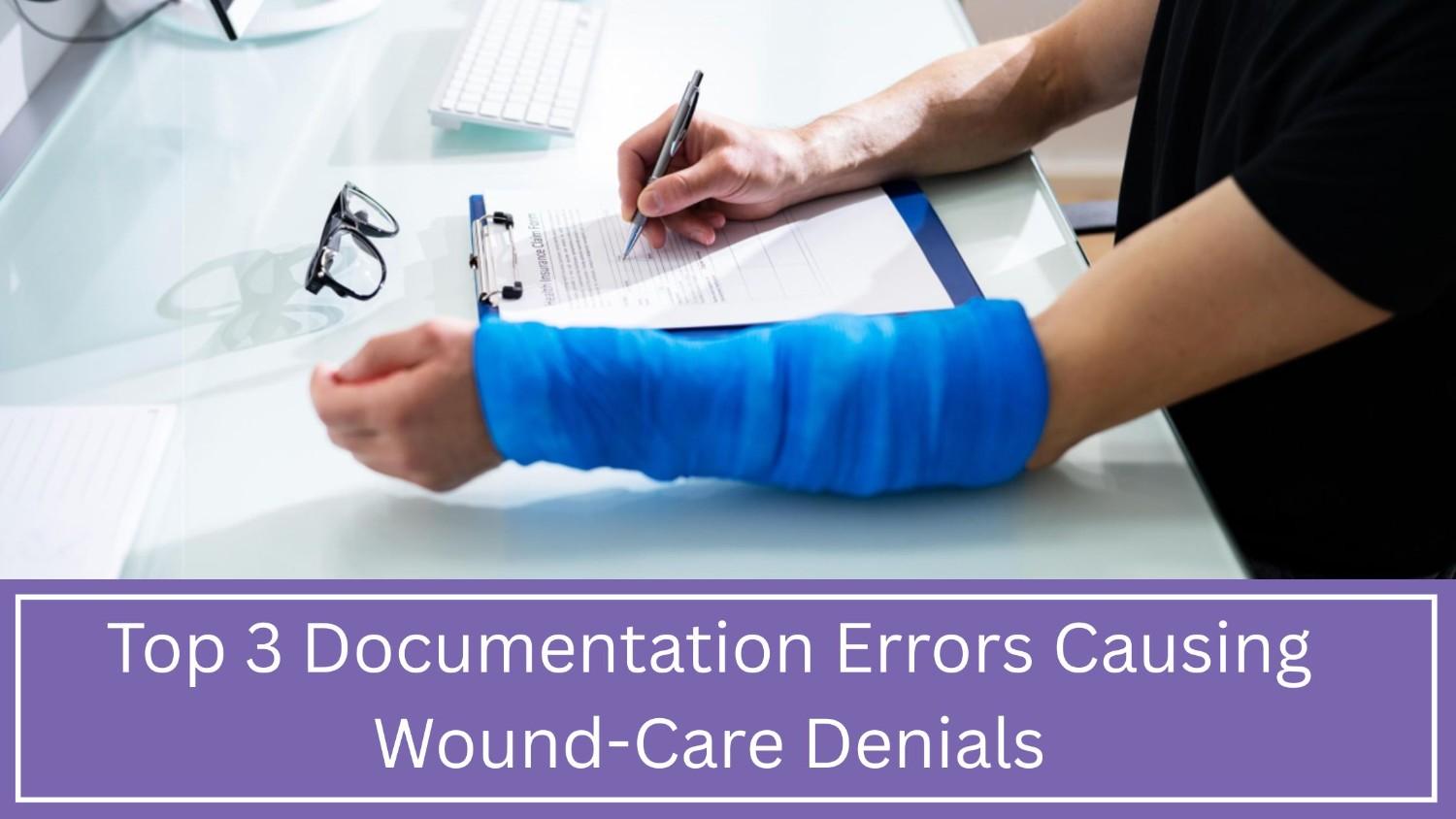A Guide to Streamlined Credentialing and Provider Enrollment in Healthcare
The fast-changing healthcare field demands constant accuracy. The same goes for the complex tasks of credentialing and provider enrollment. It’s vital to vet your providers. They must be in the insurance networks. This ensures financial stability and good patient care. This article covers best practices for a guide to streamlined credentialing and provider enrollment in healthcare. It helps healthcare facilities comply, improve efficiency, and boost revenue.
Table of Contents
Demystifying the Process: Credentialing vs. Enrollment
Credentialing and provider enrollment are related but different processes:
- Credentialing verifies a provider’s qualifications, experience, and license. Providers submit proof to licensing boards, societies, and health systems. These credentialing bodies verify qualifications against set standards. The process ensures providers meet established criteria for practice.
- Provider Enrollment: Joining insurer networks empowers providers to serve more patients. By submitting credentials and paperwork, doctors gain access to insurance plans. This enrollment process opens doors to reimbursement and expands a provider’s patient base. Once approved, physicians can bill insurers directly for covered services. Streamlined enrollment benefits both medical professionals and insured patients seeking care.
Significance of Streamlined Credentialing and Enrollment
Well-executed credentialing and enrollment processes provide numerous advantages to healthcare practices.
- Compliance: Providers must navigate a maze of regulations to operate legally. By meeting insurers’ strict standards and industry rules, they can bill for their work. This compliance protects their ability to serve patients and get paid.
- Efficiency: Streamlined procedures cut admin hassles and lost time. They also minimize delays in patient appointments and payments.
- Revenue Optimization: Prompt enrollment expands insurance acceptance, boosting revenue and patient diversity.
- Improved Patient Care: With less paperwork, providers can focus on care quality. This boosts patient satisfaction. This dual approach maximizes financial health while enhancing medical outcomes.
Best Practices for Streamlined Credentialing and Enrollment
1.Careful Planning & Arrangement:
- Ensure that provider files are kept up-to-date and accurate: Educational records, certifications, licenses, malpractice coverage, and professional memberships are all encompassed here. This spans the gamut of a practitioner’s academic and professional credentials. However, these records should be easily accessible. A centralized digital repository avoids delays and aids retrieval.
- Create a centralized procedure: Assign a team member or department to manage enrollment and certification. This targeted strategy prevents mistakes and guarantees the consistent adoption of best practices.
2.Proactive Communication is Key:
- Establish clear communication channels: Communicate expectations regarding documentation and timelines with providers. Transparent communication fosters collaboration and streamlines the process.
- Keep in touch with credentialing bodies & payers: Check software for provider credentialing. It should automate data entry, check apps, and send reminders. Automation lessens mistakes and lightens your team’s workload. Invest in safe web portals. They let providers upload papers and track applications. It makes things easy for providers and your team.
3.Adapting to the Changing Environment:
- Stay vigilant on changing credentialing rules: Subscribe to updates from regulators and insurers for timely insights on new requirements. Monitor evolving enrollment standards closely. Proactively adapt to industry changes by keeping abreast of the latest developments.
- Seek expert advice: For help, consider working with credentialing or billing service providers. A competent partner can guide you through challenging processes and guarantee compliance.
Advantages of Outsourcing Credentialing and Enrollment
- Shifting rules demand constant attention: Track updates from regulators and insurers to stay informed. Watch enrollment criteria as they evolve. Adapt swiftly to industry shifts by monitoring the latest trends. Proactive awareness ensures compliance with new credentialing requirements.
- Credentialing specialists know complex regulations and enrollment processes: They are experts on the nuances and changing requirements of various payers. This expertise ensures swift and accurate application submission.
- Improved Efficiency: Outsourcing liberates staff, allowing them to concentrate on vital practice functions. Patient care coordination and revenue cycle management take precedence as administrative burdens shift. This strategic move optimizes resources, enhancing overall efficiency and patient outcomes.
Addressing Common Challenges in Credentialing and Enrollment
1.Incomplete Documentation:
Challenge: An important issue in credentialing and enrollment is incomplete or incorrect documents. Missing or old information can cause delays and rejections.
Solutions:
- Keep records organized: Store licenses, certifications, malpractice insurance, and references in one place.
- Use checklists: Create them to ensure all documents are included in your application.
- Verify accuracy: Double-check all information for accuracy before submitting your application.
2.Delayed Submissions:
Challenge: Late submissions might delay processing or lead to denials.
Solutions:
- Plan: Begin the process early, well before your start date.
- Set reminders: Use calendars or software to track deadlines.
- Address delays: If you face delays, quickly contact the relevant body or payer.
3.Denials:
Challenge: Denials can happen for many reasons. This includes incomplete documents, incorrect codes, or eligibility issues.
Solutions:
- First, understand the denial. Review the letter to find the cause.
- Next, gather more information. Provide extra documents or explanations if needed.
- If you think the denial is wrong, appeal it. Include supporting evidence.
Healthcare providers enhance credentialing and enrollment prospects by identifying and resolving potential obstacles. Early problem-solving paves the way for smoother acceptance into healthcare networks.
Powerful Role of Technology and practolytics in Streamlining Credentialing and Enrollment
Advanced software can greatly simplify credentialing and enrollment. Here’s how technology empowers both healthcare facilities and providers:
- Credentialing software automates tasks such as data entry, form filling, and document organization. This saves staff time and reduces errors.
- These solutions can track application progress with credentialing bodies and payers. They provide instant visibility and prevent delays.
- Automated alerts remind healthcare providers of upcoming deadlines. They ensure compliance and avoid disruptions.
Real-world Example:
A large hospital system uses credentialing software to manage its many providers. The software automates data entry for new hires. It streamlines document uploads for re-credentialing. It cuts processing time by 25% and reduces application denials from incomplete paperwork.
Case Studies of Successful Credentialing and Enrollment with practolytics
practolytics, a leader in healthcare RCM services, does more than billing and coding. Its solutions go beyond them. Here’s how practolytics helps healthcare providers optimize their credentialing and enrollment processes.
Example of a Thriving Pediatric Practice
New doctors joined, but enrollment lagged. The pediatric practice grew rapidly, yet credentialing couldn’t keep pace. Overwhelmed staff scrambled to process paperwork. Patients waited longer for appointments. Revenue suffered as insurance claims piled up. The practice needed a solution—fast. Partnering with practolytics allowed them to:
- Credentialing Specialist: practolytics appointed a specialist for new-hire credentials.
- Efficient Workflow: The company created a workflow for timely document handling.
- Regular updates: Frequent communication kept everyone informed about applications and actions needed.
Key Strategies for Success:
- Dedicated Resources: Practolytics provides credentialing specialists. They know the process and ensure efficiency.
- Practolytics customizes workflows for each practice, reducing errors and streamlining processes.
- It also maintains regular communication with providers and credentialing bodies to prevent delays.
A pediatric practice partnered with Practolytics. This cut the time to credential new physicians. They could then focus on expanding patient care services
Future Trends in Credentialing and Enrollment and How practolytics Adapts
The landscape of credentialing and enrollment is constantly evolving. Here’s how practolytics stays ahead of the curve:
- Emerging Technologies: practolytics invests in technologies like blockchain to improve credential verification.
- Regulatory Updates: practolytics monitors regulations and updates practices to stay compliant.
Conclusion
Healthcare facilities can improve their credentialing and enrollment processes. They can do this by using this guide and practolytics. This ensures compliance, boosts efficiency, increases revenue, and enhances patient care.
A strong credentialing and enrollment process is vital for healthcare success. Providers can ensure great patient care and a successful business. They must address challenges early and track trends.

Talk to Medical Billing Expert Today — Get a Free Demo Now!





